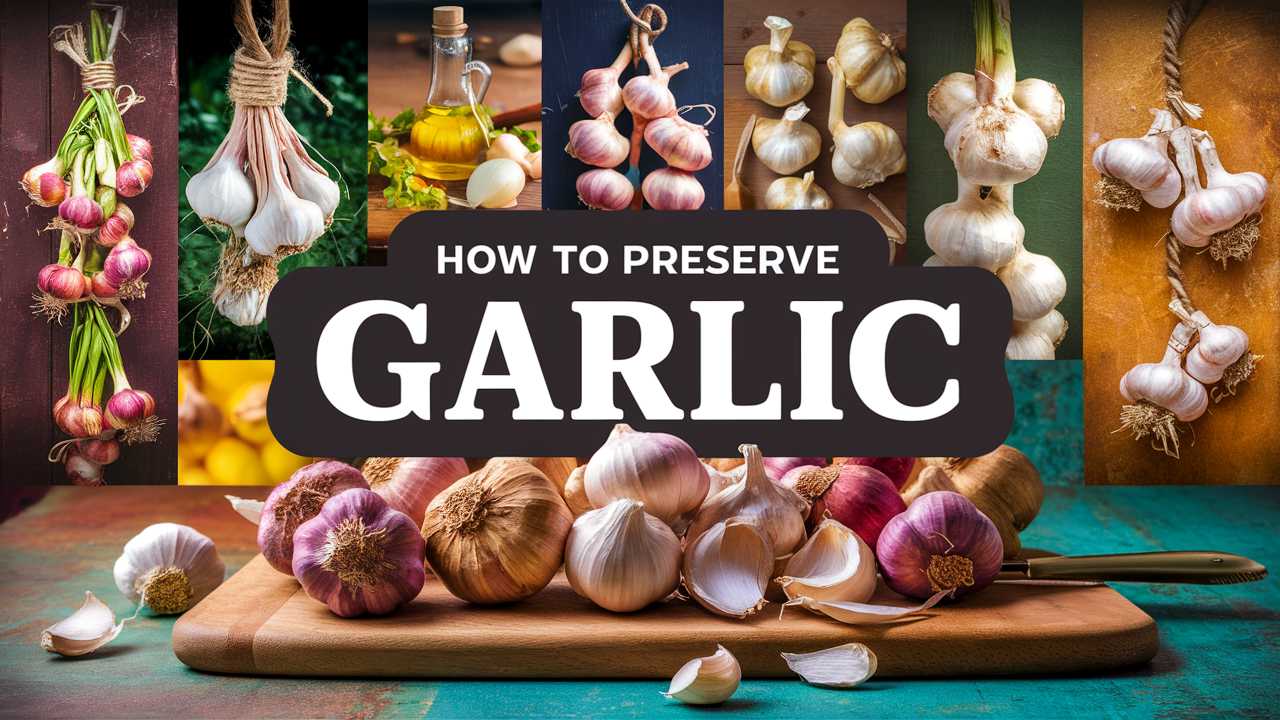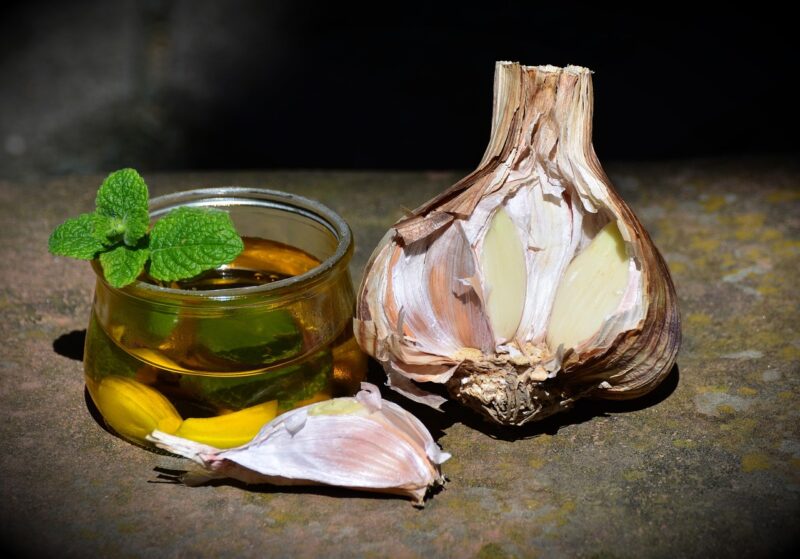In this guide, we’ll explore various methods for preserving garlic, the benefits of each method, and insights that can take your garlic preservation game to the next level.
The Allure of Garlic
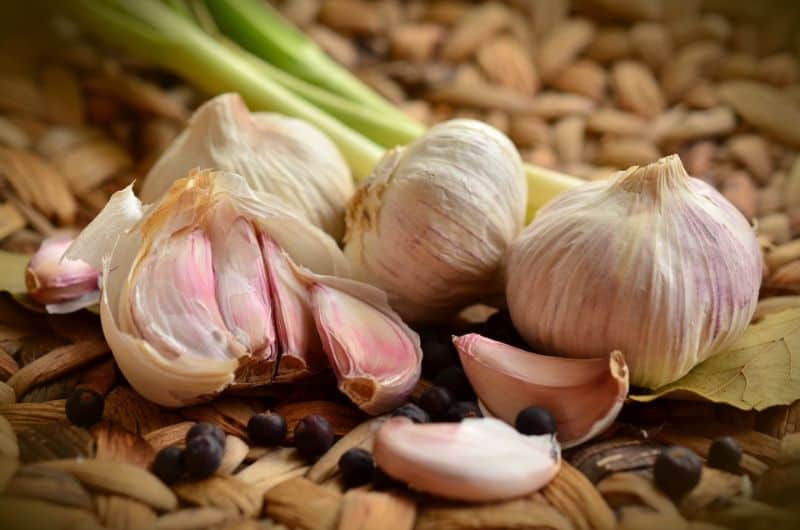
Garlic has been revered throughout history, not just for its culinary possibilities but also for its medicinal properties. Ancient civilizations utilized garlic for its believed health benefits, such as boosting the immune system and improving cardiovascular health. Fast forward to today, and garlic remains a beloved ingredient, elevating flavors in everything from sauces to marinades.
Whenever I find myself in the middle of a bustling local market, the pungent aroma of fresh garlic always draws me in. The bulbs, shiny and firm, beckon with their promise of flavor and fragrance. Yet, with its fleeting shelf life, many of us find ourselves grappling with the question: how can we preserve garlic to keep that flavor alive all year round?
Understanding Garlic’s Lifecycle and Freshness
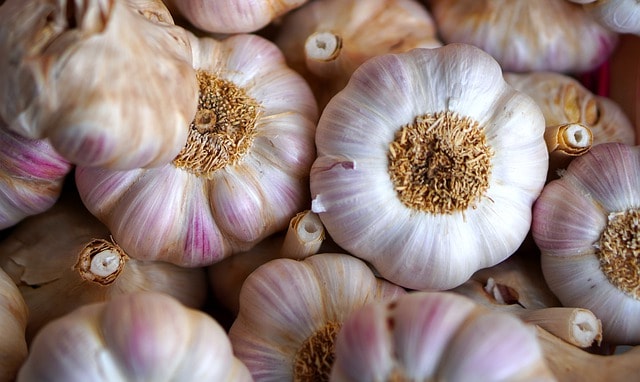
Before diving into preservation techniques, it’s important to understand what makes garlic tick. Fresh garlic is typically harvested in summer, with its prime storage life ranging from a few weeks to several months depending on conditions. The key to successful garlic storage lies in recognizing its freshness.
When selecting garlic, look for bulbs that are firm with tightly wrapped skins. Avoid any that show signs of moisture, mold, or sprouting—these are indicators that the garlic has begun to spoil. Once you’ve chosen your garlic, proper storage becomes essential in minimizing waste.
Basic Storage Techniques
For those who prefer the simplest solutions, proper basic storage allows garlic to last longer without losing its essential qualities.
One of the easiest ways to store garlic is at room temperature in a cool, dry place. An open basket or mesh bag is ideal, as this promotes airflow. However, keeping garlic out of direct sunlight is crucial. Sunlight can cause the bulbs to sprout or decay more quickly.
Alternatively, if you’ve purchased a larger quantity of garlic and are worried about spoilage, consider refrigeration. Store whole bulbs in the crisper drawer or an open paper bag for improved ventilation. Remember that chopped or peeled garlic should be used within a few days and should never be stored in an airtight container as this can lead to mold growth.
Freezing Garlic for Longevity

Freezing garlic is a fantastic way to preserve its flavor while ensuring it remains fresh and usable for months. This method is not only efficient but incredibly versatile.
The simplest approach is to peel the cloves, chop (or leave them whole), and place them in a freezer-safe zip-top bag. Try to remove as much air as possible to prevent freezer burn. Alternatively, you can freeze garlic in ice cube trays; simply blend peeled cloves with a bit of water, pour the mixture into the trays, and freeze. Once solid, pop the cubes out and store them in a bag for easy access.
In my own kitchen, I often find myself reaching for these little garlic cubes during the winter months when fresh garlic is far less accessible. The convenience they provide allows me to maintain that garlicky goodness in my cooking, regardless of the season.
Garlic in Oil: A Flavorful Preservation Method
Garlic-infused oil is a delightful method of preserving garlic while imparting a rich, aromatic quality that enhances numerous dishes. However, it’s essential to practice safety when creating garlic oil due to the potential for botulism, a rare but dangerous illness.
To make garlic oil safely, always use freezer or refrigerated oil and store it in the fridge. Begin by peeling and slicing garlic cloves before placing them in a saucepan with your chosen oil (olive or canola work beautifully). Heat the mixture gently, allowing the garlic to infuse for a few minutes without boiling. Strain the oil to remove the garlic pieces once cooled, and pour it into a sterilized glass bottle.
If you’re like me and love experimenting, consider adding herbs such as rosemary or thyme to create unique flavor profiles! Just ensure you monitor for any signs of spoilage and discard if any suspicious odors develop—keeping safety at the forefront of your culinary adventures.
Dehydrating Garlic: Concentration through Removal of Water
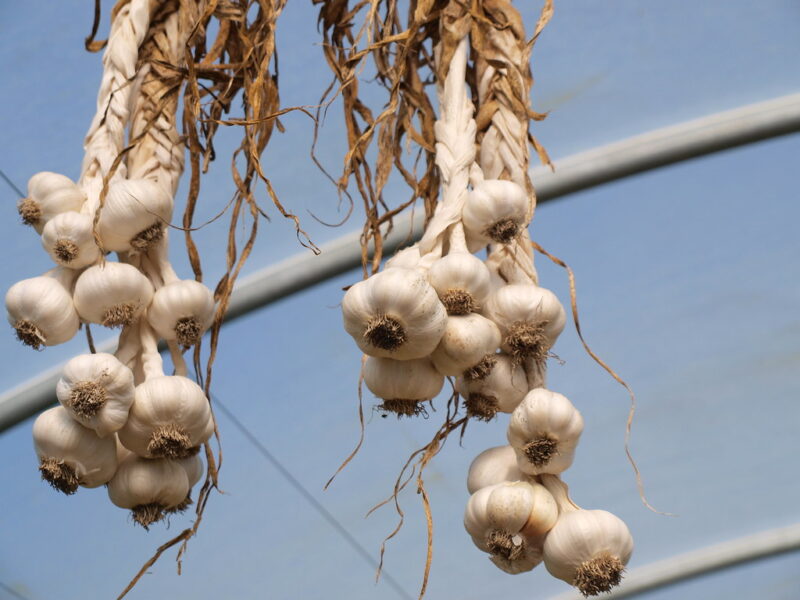
Dehydrating garlic is another innovative preservation method that not only extends its life but also intensifies its flavor. When dehydrated, garlic transforms into a wonderfully fragrant spice that can be used in various applications, from seasoning blends to gourmet dishes.
Start by peeling the garlic cloves and slicing them thinly. A mandoline slicer can ensure uniformity, leading to even drying. Once sliced, place the cloves in a dehydrator or an oven set to a low temperature, ideally around 125°F (52°C). Drying may take anywhere from 6 to 10 hours, so periodic checks are necessary.
After the cloves have fully dehydrated (they should snap easily), store them in an airtight container away from light and heat. I love adding dehydrated garlic to homemade pasta or sprinkle them onto baked goods, as they intensify flavors in the most delightful ways.
Pickled Garlic: A Tangy Option
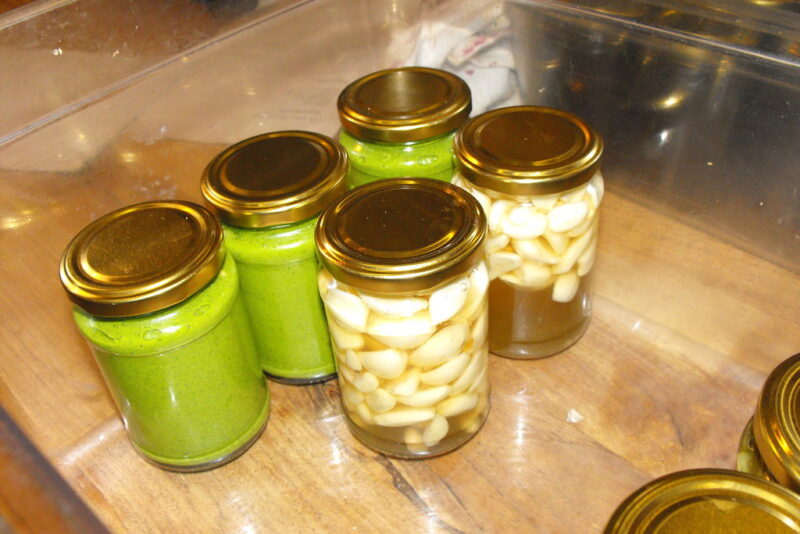
Pickling garlic adds a whole new dimension of flavor while extending its shelf life significantly. The tangy, slightly sweet results can turn average dishes into something genuinely special.
To pickle garlic, start by peeling the cloves and submerging them in a vinegar solution (white or apple cider vinegar works wonderfully). You can also add herbs and spices such as peppercorns, dill, or bay leaves for customized flavor. After boiling the vinegar mixture and packing it into sterilized jars with the garlic, the jars should be sealed and left to cool.
Store your pickled garlic jars in the refrigerator for a flavorful addition to salads, charcuterie boards, or sandwiches. The transformation of the cloves is magical—what starts as sharp and raw becomes a soft, delightful treat that provides a burst of flavor with every bite.
The Art of Roasting Garlic
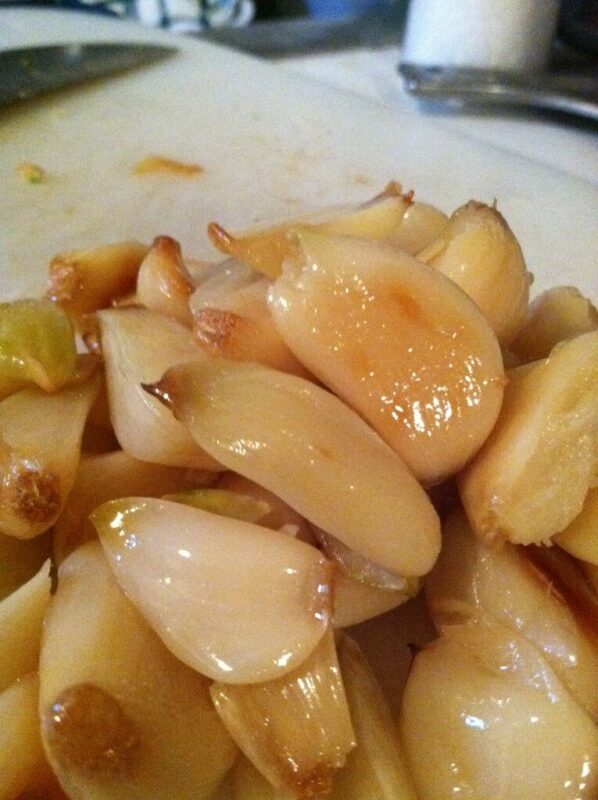
Roasting garlic may not qualify as a preservation method in the traditional sense, but it is an incredible way to change this ingredient’s flavor profile, allowing you to use it in a variety of dishes. The process mellows the garlic’s intensity and extracts a sweet, nutty essence that can be spread on bread or incorporated into numerous recipes.
To roast garlic, slice the top off a whole bulb, drizzle it with olive oil, and wrap it in foil. Place it in an oven preheated to 400°F (200°C) for about 30-35 minutes, until the cloves are soft and caramelized. Once cooled, you can squeeze the garlic out of the skins, and it can be stored in the refrigerator for up to a week or frozen in small portions for later use.
For many, the experience of roasting garlic often leads to a communal moment; the enticing aroma fills the kitchen, drawing loved ones in and evoking memories of family dinners. The simple act of elevating this humble bulb transforms it into a rich, comforting presence.
The Benefits of Garlic Preservation
Preserving garlic has numerous benefits that extend beyond simply preventing spoilage. First and foremost, it creates an opportunity for creativity in the kitchen. You can enjoy garlic in various forms—fresh, roasted, pickled, infused, or dehydrated—allowing endless culinary freedom.
Additionally, preserving garlic ensures you always have this kitchen staple on hand. Whether it’s the middle of winter, and fresh garlic isn’t available, or you’re simply looking to streamline your meal prep, having preserved garlic means you’re never caught short when making your favorite dishes.
Moreover, preserving garlic allows you to avoid waste. By storing bulk purchases efficiently, you save money while reducing the environmental impact that comes from discarding spoiled produce.
FAQs About Garlic Preservation
As you venture into the world of garlic preservation, it’s likely some questions will arise. Here are a few frequently asked questions to assist you on your journey.
Is it safe to store garlic in oil? Yes, but it’s essential to refrigerate garlic oil to avoid the risk of botulism. Use it within a week or two for the best flavor and freshness.
How long can I freeze garlic, and will its flavor change? Garlic can be frozen for up to six months, and while its flavor remains potent when frozen, there may be slight texture changes upon thawing.
Can I preserve garlic without peeling the cloves? While it’s possible, peeling the cloves prior to preservation allows for more consistent flavor and easier usage. Unpeeled garlic is best stored whole.
What do I do with a batch of dehydrated garlic? Dehydrated garlic can be ground into garlic powder, added to spice blends, or used whole in dishes. A little goes a long way!
Conclusion
Learning how to preserve garlic not only allows you to enjoy its flavor long after the harvest but also provides a gateway to exploring culinary creativity. From freezing to pickling and roasting, each method brings forth unique flavors and uses that can spice up your cooking routine.


